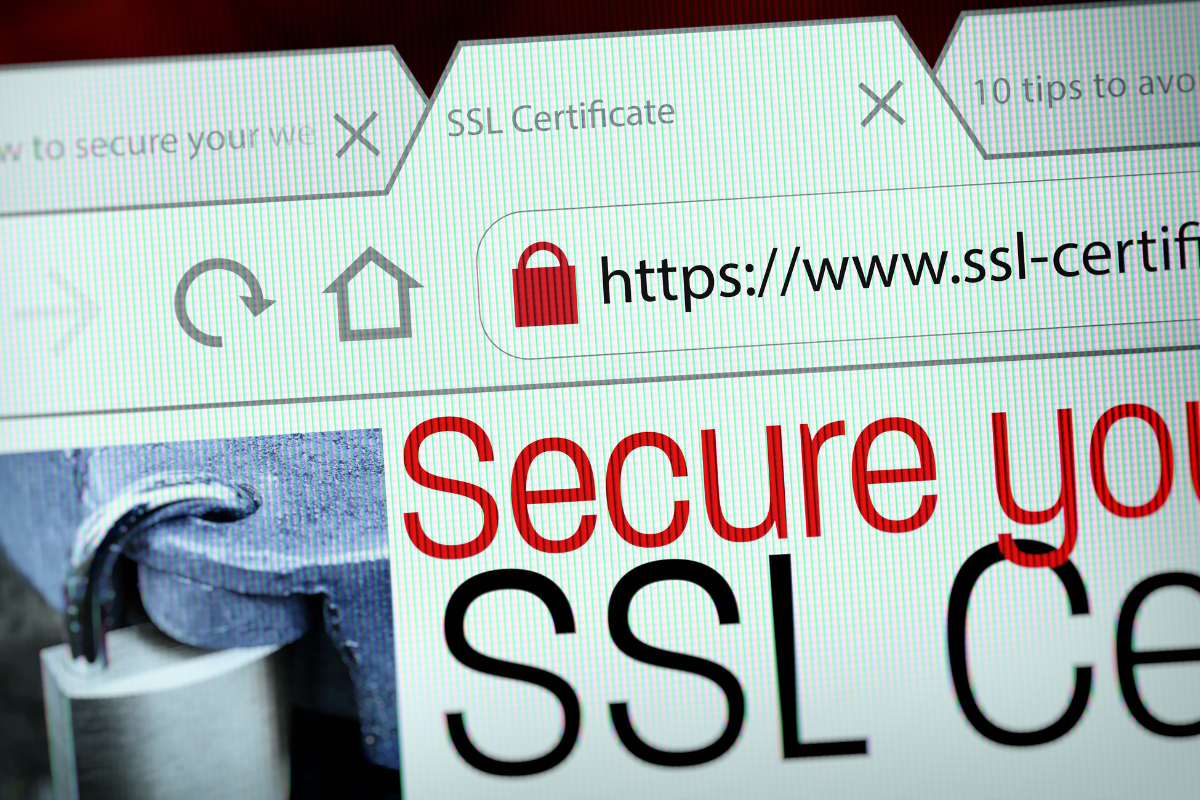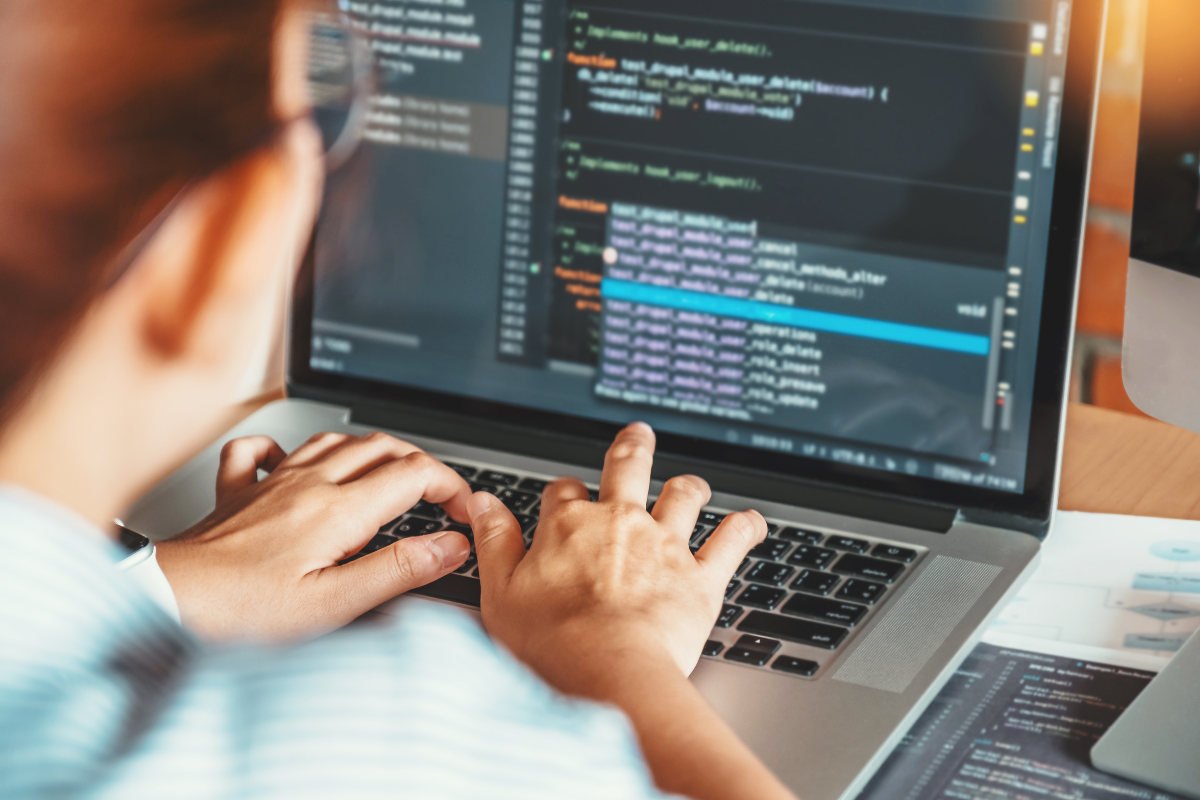For e-commerce businesses to keep thriving, specific measures must be put in place. Most online stores own a site where business transactions occur, and keeping it safe and user-friendly for your customers is essential.
Cybersecurity and web design are necessary for any e-commerce business that wants to succeed and create a good reputation. These two things are not worlds apart, as they harmoniously complement each other. You can’t have an aesthetically pleasing site that lacks security.
Businesses need to pay attention to balancing cybersecurity and opting for a unique e-commerce design for a properly functioning and safe site; you can’t choose one and leave the other.
They are both critical; hence, this article will address the right ways to balance cybersecurity and web design on your site without one affecting the other.
Ways To Balance Cybersecurity And Web Design The Right Way
Have you asked yourself how to balance both components together? Or you know how crucial they are for your site and are looking for a way to balance them. Here is your answer.
1. Adopt The Use Of HTTPS And SSL
HTTPS and SSL are simple Internet protocols that secure data on your site. Https, emphasizing the letter “s,” which stands for secure, is an upgrade from the usual HTTP.
SSL encrypts data and secures data transmission between the server and the user’s website; this is essential for user security and trust.

2. Two-Factor Authentication
Making sure your customers use 2FA and strong passwords enhances your site security, which is safe for your customers.
Using a two-factor authentication takes less of your customer’s time than the general saying and prevents unauthorized logins.
In a minute or two, your customers should be done with this process, and rest assured that their details are safe from hackers. It’s a win-win situation for everyone.
3. Use Secure Hosting
Paying attention to your website hosting is essential, too, as long as it does not affect your web design and still allows user flexibility on your site. When choosing the right hosting, go for hosting options with firewalls and extensive security features.
4. CSP
Content security policy (CSP) is an added advantage for you who seek to protect your site and assure your customer’s safety anytime they visit it. CSP helps reduce cross-site scripting; your browser can detect contents before executing it.
5. Web Application Firewall
A web application firewall prevents your server from being exposed to threats. WAF also secures your website from hackers and provides you with an extra layer of security, all for your safety.
Beautifully, introducing a Web application firewall to your site in no way affects your web design and still allows you the opportunity of a vibrant-looking website.
6. Back-up Your Data
Backing up your data cannot be overstated here, plus it does not affect your beautifully looking website. You don’t want to leave anything to chance even after following multiple security protocols, so you should always back up your data.
There are unforeseen circumstances that can happen, and you don’t want to lose your integrity for such. On standby should be a recovery plan in case malware corruption or data loss occurs.
Make it a cultural thing and ensure your team is in on it. There’s an extra assurance backing up your data given to you, so in case of any casualties, you know all your data is safe somewhere.
7. Practice Secure Coding
Ensure your web developers are not careless with their code; make sure they put measures in place for safety. Safe practices will prevent your site from being vulnerable to attacks or code corruption.
Investing in educating your team of developers is a little so they are kept informed and updated with the latest coding security practices.

8. Update Your Software
This is a no-brainer; every software application is constantly updated to improve certain features and ensure optimum functioning. Leaving your application without updating exposes your site to several attacks and poor performance.
You must update your software to enjoy your site to the maximum and give your customers the best service. Updates also help you fix bugs that can be responsible for slow responses and the like.
Updates can take quite a lot and inconvenience your customers, but the wisdom in handling it isn’t far-fetched. A practical way is to schedule your update when there’s little traffic on your site.
Observe when there is a lot of traffic on your site and when there isn’t for when to fix your site update. You can also send out notifications to apologize for the inconvenience caused so your customers can prepare for it and leave them satisfied with your service.
9. Send Out Educational Contents To Your Users
Some security protocols might be unclear to your users or customers, so it’s best to educate them. Let them know why you are taking specific measures, especially the ones that are complex or seem like they are wasting their time.
For your customers, you can send them emails or upload short content, not something too long or complicated, just the basics so they can easily read and digest.
Taking time to educate your users shows that you are committed to them and will definitely increase their loyalty.
For example, you can send out content on the importance of using two-factor authentication to encourage them to follow it when they get on your site.
Another example is encouraging users to update their passwords regularly. Also, advise them to report suspicious activities or procedures so they don’t encounter such hazards. All these protocols will build a stronger relationship with your customers.
10. Carry Out Regular Audits
Not only do financial firms carry out audits, but you can also adopt this method of auditing your site occasionally. Occasional audits help you monitor your site’s performance in terms of security.
You can also implement SIEM, which provides you with regular site monitoring and helps detect possible threats to your site.
Regularly running audits on your site keeps you in charge, and you are in the best position to know how to respond to security flaws and how to handle them properly.
Conclusion
Customer satisfaction is critical for most e-commerce companies, so cybersecurity and web design are essential. Cybersecurity and web design promises a seamless experience for your customers whenever they visit your site.
Implementing all these measures without one not affecting the other should be manageable. All you have to ensure is that you achieve a balance the right way while being simultaneously committed.
If you follow the steps above, you are on your way to making significant change and tangible progress in your business.